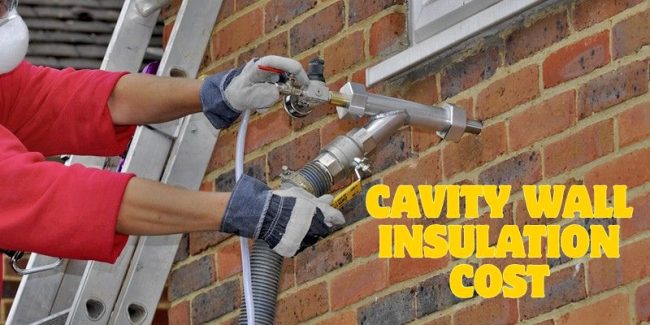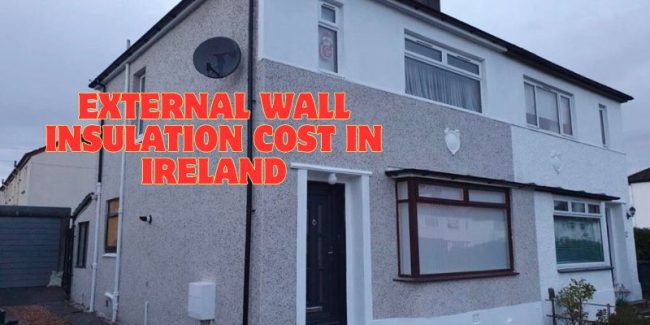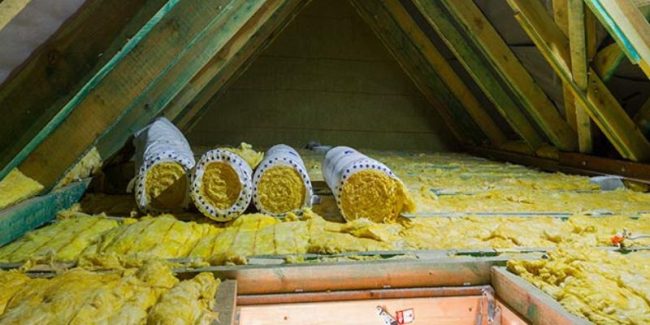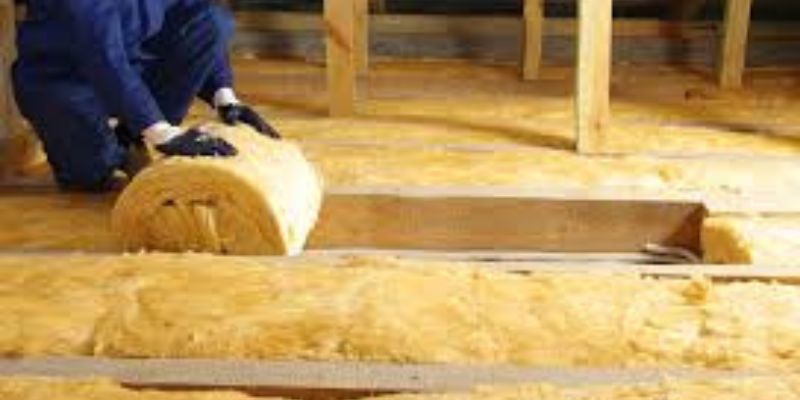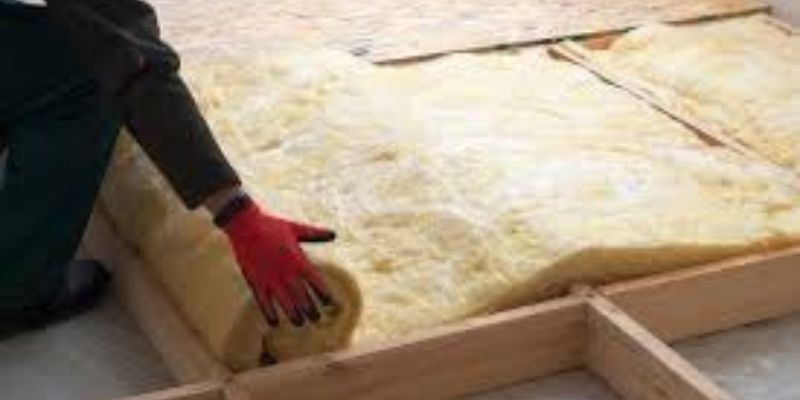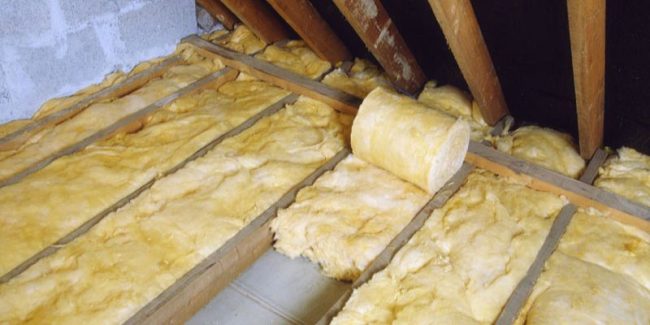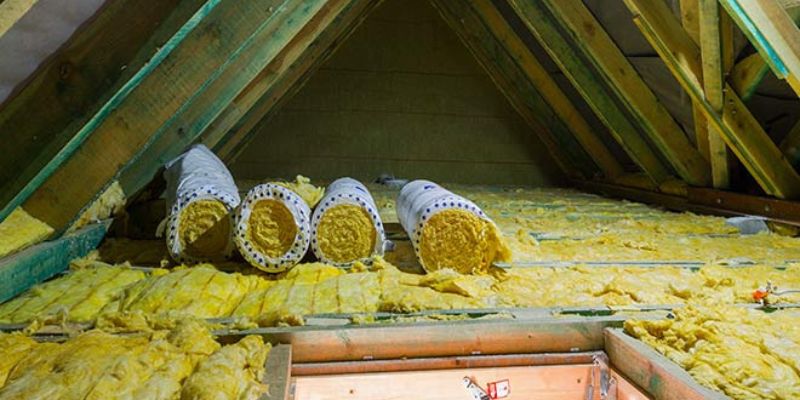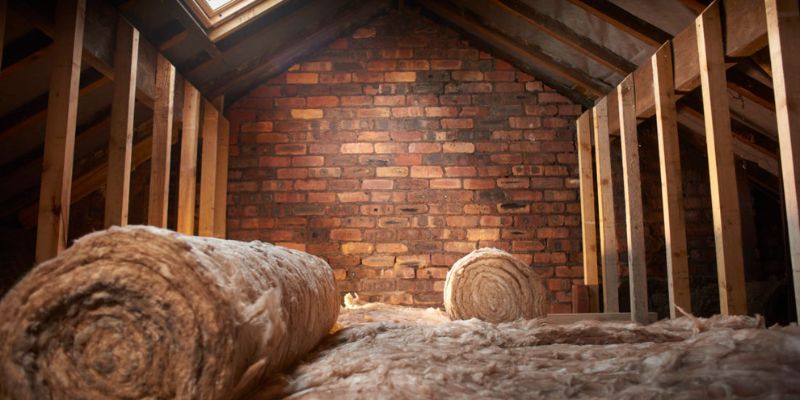Cavity wall insulation is one of the most effective ways to make your home warmer and more energy-efficient. In 2025, with rising energy prices and a growing focus on reducing carbon emissions, more homeowners in Ireland are choosing cavity wall insulation. But how much does it actually cost? And is it worth the investment?
In this guide, we’ll explain what cavity wall insulation is, how much it costs in 2025, what affects the price, and whether it’s the right choice for your home.
What Is Cavity Wall Insulation?

Most homes in Ireland built after the 1920s have two walls with a gap between them – this is called a cavity wall. The gap, or cavity, can let heat escape from your home, which means you use more energy to keep warm.
Cavity wall insulation fills that gap with a special insulating material, usually made from foam, beads, or mineral wool. This helps to stop heat from escaping, making your home warmer and reducing your heating bills.
How Much Does Cavity Wall Insulation Cost in 2025?
The cost of cavity wall insulation in 2025 depends on the size of your house and the type of insulation used. Here are the average prices for different types of homes in the Ireland:
- Small flat or apartment: from €400–€850
-
Mid-terrace house: from €700–€1,050
-
Semi-detached house: from €950–€1,400
-
Detached house: from €1,400–€1,800+
Note: These are average market estimates. Actual quotes may vary based on property layout and installer.
These prices include materials, labour, and VAT. However, some factors can increase or decrease the final cost.
What Affects the Cost?
Several factors can affect the total cost of cavity wall insulation:
1. Size of the Property
Larger homes have more wall space to insulate, so the cost will be higher.
2. Type of Insulation Material
Some materials are more expensive than others. For example, polyurethane foam is more costly than mineral wool or polystyrene beads but may offer better insulation.
3. Access to Walls
If the walls are hard to reach (for example, due to conservatories, extensions, or scaffolding), installation might take longer and cost more.
4. Condition of the Walls
If your walls are damaged or damp, they may need to be repaired before insulation can be installed. This can add to the cost.
5. Location
Labour and service costs may vary depending on where you live in Ireland. Urban areas may be more expensive than rural areas.
Can You Get Help with the Cost?
Yes. In Ireland, you may qualify for SEAI (Sustainable Energy Authority of Ireland) grants:
-
Home Energy Grants:
SEAI offers fixed-value grants for cavity wall insulation. The amount depends on your property type and insulation method. -
One Stop Shop Service:
For deeper retrofits, SEAI provides a managed solution with bundled grants, BER assessments, and contractor coordination.
You must use SEAI-registered contractors to be eligible.
Is It Worth the Cost?

Yes — cavity wall insulation typically pays for itself within a few years. Benefits include:
-
Lower Heating Bills: Save up to €230–€350 per year depending on home type and usage.
-
Quick Payback: Break-even in approximately 3 to 5 years.
-
Better Comfort: Keeps homes warmer in winter and cooler in summer.
-
Reduced Emissions: Helps cut your carbon footprint.
-
Improved BER Rating: Increases your property’s value and energy rating.
What Is the Installation Process Like?
The process is quick and straightforward:
-
Assessment: An SEAI-approved installer surveys your home.
-
Drilling: Small holes (~22mm) are drilled into the external wall.
-
Injection: Insulating material is blown into the cavity.
-
Sealing: Holes are sealed and colour-matched to your wall finish.
Most standard homes are completed in a single day.
Are There Any Risks?
Cavity wall insulation is safe and effective if installed correctly. However, if your walls are not suitable – for example, if they are damp or poorly maintained – it can cause problems such as:
-
Damp or mould inside your home
-
Reduced ventilation if not paired with proper airflow
-
Structural damage over time if insulation gets wet
That’s why it’s important to have a proper survey done by a certified installer before going ahead.
How to Choose a Trusted Installer
To make sure you get quality work, follow these tips:
-
Use an SEAI-registered contractor – This is required to qualify for grant support.
- Verify experience with your property type – Especially important for older homes or complex layouts.
-
Ensure the installer holds valid public liability insurance – This protects you in case of accidental damage during the work.
- Avoid unusually low quotes – A price that seems too good to be true often is. It may indicate poor materials, lack of certification, or hidden costs. Always prioritise quality and credibility.
Conclusion
Cavity wall insulation is a smart way to improve your home’s comfort and reduce energy costs. While the upfront cost in 2025 can range from €350 to €1,500 depending on your home, the long-term savings and environmental benefits make it a worthwhile investment.
If you think your home might be suitable, get a survey done and explore any grants or funding you might be eligible for. A warmer, more energy-efficient home could be just a few steps away.

